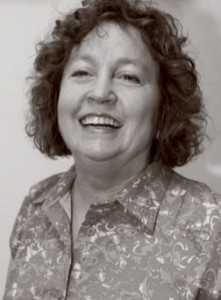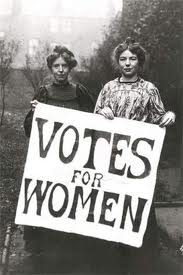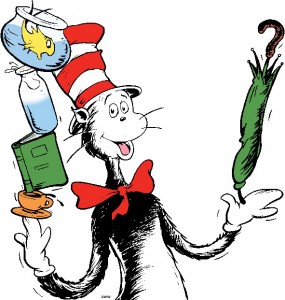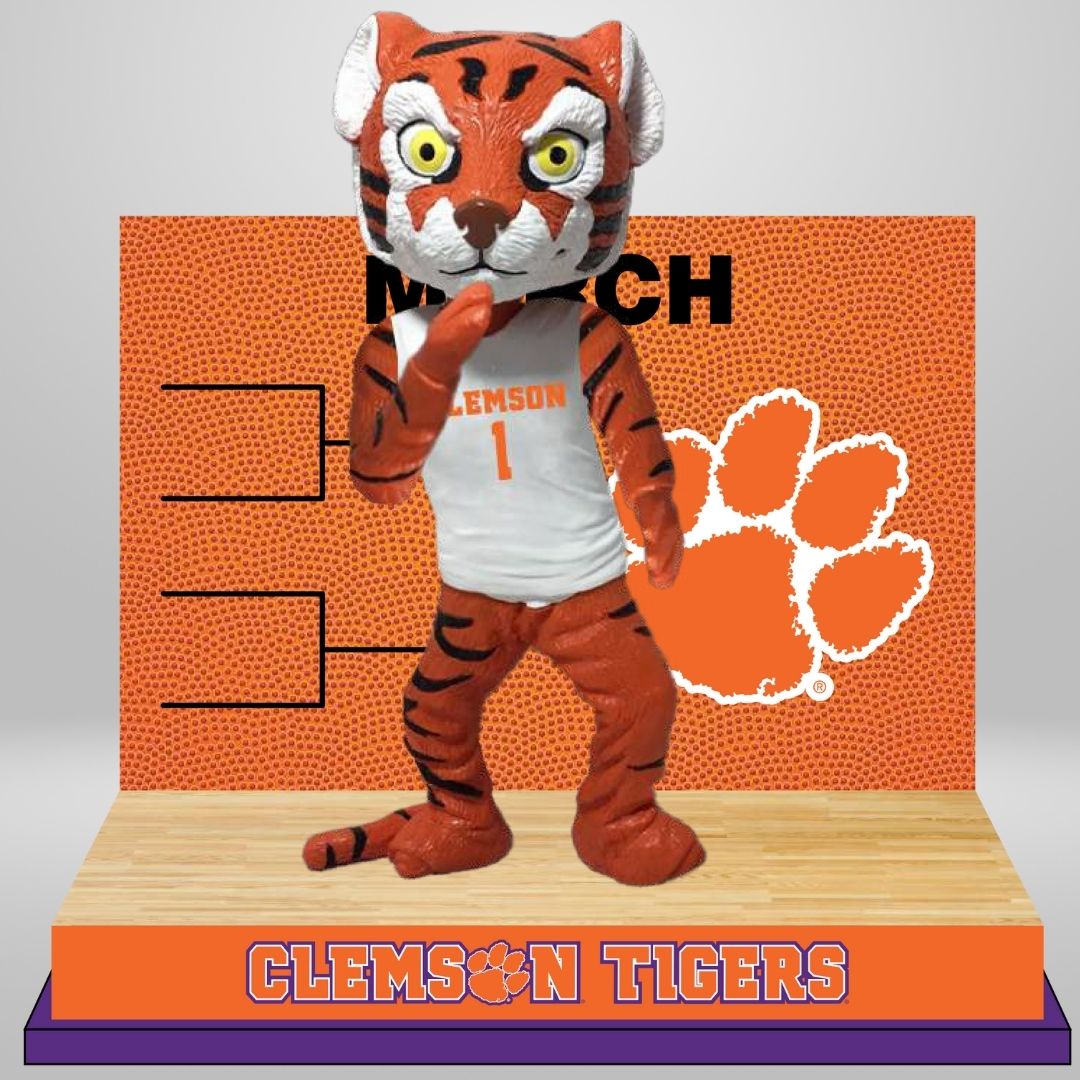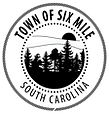Category Archives: Lifestyles
The adventures of Red Dog
On the Way
By Olivia Fowler
Red Dog lives a life full of adventure and challenges. He is constantly pulled between his view of his responsibilities on Fowler Farm and his wish to obey and please Fowler.
He sticks to Fowler like glue and follows him everywhere he goes, whether invited or not. When the first furrows are cut into the rich dirt on Fowler Farm, Red Dog walks behind the tractor, making sure the rows are straight and investigating any interesting things turned up with the dirt.
What does ‘Easter’ mean?

Easter is a Christian holiday that celebrates the central event of the Christian faith: the resurrection of Jesus Christ three days after his death by crucifixion. The resurrection of Jesus Christ is the centerpiece of the Christian faith. The Apostle Paul even goes so far to say that if Jesus Christ had not been resurrected then the Christian faith is worthless and futile.
Without Easter there is essentially no Christianity.
While it is a religious-based holiday, the name Easter is rooted, or has linguistic meaning rooted in non-Biblical history and events.
For example, the origins of the word “Easter” are not certain, but the name is most probably derived from Estre, an Anglo-Saxon goddess of spring. The German word Ostern has the same derivation, but most other languages follow the Greek term used by the early Christians: pascha, from the Hebrew pesach (Passover).
In Latin, Easter is Festa Paschalia (plural because it is a seven-day feast), which became the basis for the French Pâques, the Italian Pasqua, and the Spanish Pascua. Also related are the Scottish Pask, the Dutch Paschen, the Danish Paaske, and the Swedish Pask.
Sweet Easter treats

By Nicole DaughheteeCourier Staff
I have an incredible sweet tooth and must admit that confectionary delicacies are certainly a treat I enjoy during the Easter season. Without a doubt, my favorite Easter candy is the Cadbury Crème Egg.
John Cadbury made his first “French eating Chocolate” in 1842, but it was not until 1875 that the first Cadbury Easter Eggs were made. Progress in the chocolate Easter egg market was slow until a method was found for making the chocolate flow into the molds.
The modern chocolate Easter egg owes its progression to the two greatest developments in the history of chocolate — the Dutch invention of a press for separating cocoa butter from the cocoa bean in 1828 and the introduction of a pure cocoa by Cadbury Brothers in 1866. The Cadbury process made large quantities of cocoa butter available, and this was the secret of making molded chocolate or indeed, any fine eating chocolate.
Symbols of Easter
The Easter holiday and its celebrations around the world are rich with symbolism. Included below are just a sampling of Easter-related symbols and how they came to be.
The Easter Bunny
: The exact origins of this mythical mammal are unclear, but rabbits, known to be prolific procreators, are an ancient symbol of fertility and new life. According to some sources, the Easter bunny first arrived in America in the 1700s with German immigrants who settled in Pennsylvania and transported their tradition of an egg-laying hare called “Osterhase” or “Oschter Haws.” Their children made nests in which this creature could lay its colored eggs. Eventually, the custom spread across the U.S. and the fabled rabbit’s Easter morning deliveries expanded to include chocolate and other types of candy and gifts, while decorated baskets replaced nests. Additionally, children often left out carrots for the bunny in case he got hungry from all his hopping.
What is Easter?
Christianity’s most sacred and important holiday, Easter celebrates Jesus Christ’s crucifixion and resurrection from the dead. There are several Catholic, Lutheran and Anglican traditions prior to Easter Sunday that have interesting historical and Biblical significance and tie into Easter.
Ash Wednesday is the first day of Lent in the Western Christian calendar that occurs 46 days before Easter. According to the gospels of Matthew, Mark and Luke, Jesus spent 40 days fasting in the desert, where he endured temptation by Satan. Ash Wednesday marks the beginning of this 40-day liturgical period of prayer and fasting or abstinence and sacrifice.
Taking a stand

Local preachers continue fight
against SDPC policy
By Nicole Daughhetee
Courier Staff
As a Miami expat who moved ironically north into the Bible Belt of South Carolina, I freely confess and admit that I have, at times, had some narrow-minded views of the religious community in which I found myself living.
I grew up attending First Baptist Church of Miami Shores, part of the Southern Baptist convention for the decades I was a member there, but my experience in church there was vastly different from my experiences in Pickens County as I searched for a church I could call home.
Tips for romance
Life As I Know It
By Nicole Daughhetee
Bravo’s The Millionaire Matchmaker is primarily watched by women — if I had to guess — but should be watched by men. Patti Stanger can be crude at times, but she always tells it like it is. While she earns her bread and butter as a love guru for the wealthy elite, her advice is certainly translatable to the average Joe.
Famous Firsts in Women’s History
First women’s-rights convention meets
in Seneca Falls, New York, 1848
In July 1848, some 240 men and women gathered in upstate New York for a meeting convened, said organizers, “to discuss the social, civil, and religious condition and rights of women.” One hundred of the delegates — 68 women and 32 men — signed a Declaration of Sentiments, modeled on the Declaration of Independence, declaring that women, like men, were citizens with an “inalienable right to the elective franchise.” The Seneca Falls Convention marked the beginning of the campaign for woman suffrage.
Women’s History Month
Celebrating the contributions of women
Growing out of a small-town school event in California, Women’s History Month is a celebration of women’s contributions to history, culture and society. The United States has observed it annually throughout the month of March since 1987. The 2013 National Women’s History Month theme, “Women Inspiring Innovation through Imagination,” honors generations of women who throughout American history have used their intelligence, imagination, sense of wonder, and tenacity to make extraordinary contributions to the science, technology, engineering and mathematics fields.
Dr. Seuss’ life
Ted Geisel was a shy, married man who never had children of his own but found a way as the author “Dr. Seuss” to spark children’s imaginations around the world. With the use of silly words that set an original theme, tone, and mood for his stories as well as curlicue drawings of rascally animals, Geisel created books that became beloved favorites of children and adults alike.
Wildly popular, Dr. Seuss’s books have been translated into more than 20 languages, and several have been made into television cartoons and major motion pictures.
Growing Up: Dr. Seuss as a Boy
Theodor Seuss Geisel was born in Springfield, Mass. His father, Theodor Robert Geisel, helped manage his father’s brewery and in 1909 was appointed to the Springfield Park Board. Geisel tagged along with his father for behind-the-scene peeks at the Springfield Zoo, bringing along his sketchpad and pencil for exaggerated doodling of animals. Geisel met his father’s trolley at the end of each day, where he was handed the comic page full of eccentric humor from the Boston American.
Although his father influenced Geisel’s love of drawing, Geisel credited his mother, Henrietta Seuss Geisel, for the most influence on his writing technique. Henrietta would read to her two children with rhythm and urgency, the way she had sold pies in her father’s bakery. Thus Geisel had an ear for meter and loved to make up nonsense rhymes early on.
While his childhood seemed idyllic, all was not easy. During World War I (1914-1919), Geisel’s peers ridiculed him for being of German ancestry. To prove his American patriotism, Geisel became one of the top U.S. Liberty Bond sellers with the Boy Scouts.
It was to be a great honor when former U.S. President Theodore Roosevelt came to Springfield to award medals to the top bond sellers, but there was a mistake — Roosevelt had only nine medals in hand. Geisel, who was child number 10, was swiftly escorted off-stage without receiving a medal. Traumatized by this incident, Geisel had a fear of public speaking for the rest of his life.
In 1919, Prohibition began, forcing the close of the family’s brewery business and creating an economic setback for Geisel’s family.
Dartmouth College and a Pseudonym
Geisel’s favorite English teacher urged him to apply to Dartmouth College, and in 1921, Geisel was accepted. Admired for his silliness, Geisel drew cartoons for the college humor magazine, Jack-O-Lantern. Spending more time on his cartoons than he should, his grades began to falter. After Geisel’s father informed his son how unhappy his grades made him, Geisel worked harder and became Jack-O-Lantern’s editor-in-chief his senior year.
However, Geisel’s position at the paper ended abruptly when he was caught drinking alcohol (it was still Prohibition, and buying alcohol was illegal). Unable to submit to the magazine as punishment, Geisel came up with a loophole, writing and drawing under a pseudonym — “Seuss.”
After graduating from Dartmouth in 1925 with a B.A. in liberal arts, Geisel told his father that he had applied for a fellowship to study English literature at Lincoln College in Oxford, England. Extremely excited, Geisel’s father had the story run in the Springfield Union newspaper that his son was going off to the oldest English-speaking university in the world. When Geisel didn’t get the fellowship, his father decided to pay the tuition himself to avoid embarrassment.
Geisel didn’t do well at Oxford. Not feeling as intelligent as the other Oxford students, Geisel doodled more than he took notes. Helen Palmer, a classmate, told Geisel that instead of becoming a professor of English literature, he was meant to draw. After one year of school, Geisel left Oxford, traveled Europe for eight months, doodling curious animals, wondering what kind of a job he could get as a doodler of zany beasts.
Dr. Seuss Has an Advertising Career
Upon returning to the U.S., Geisel was able to freelance a few cartoons in The Saturday Evening Post. He signed his work “Dr. Theophrastus Seuss” and then later shortened it to “Dr. Seuss.” At the age of 23, Geisel got a job as a cartoonist for Judge magazine in New York at $75 per week and was able to marry his Oxford sweetheart, Helen Palmer.
Geisel’s work included drawing cartoons and advertisements with his unusual, zany creatures. Luckily, when Judge magazine went out of business, Flit Household Spray, a popular insecticide, hired Geisel to continue drawing their advertisements for $12,000 a year. Geisel’s ads for Flit appeared in newspapers and on billboards, making Flit a household name with Geisel’s catchy phrase: “Quick, Henry, the Flit!”
Geisel also continued to sell cartoons and humorous articles to magazines such as Life and Vanity Fair.
Dr. Seuss Becomes a Children’s Author
Geisel and Helen loved to travel. While on a ship to Europe in 1936, Geisel made up a limerick to match the grinding of the ship’s engine rhythm as it struggled against rough seas. Six months later, after perfecting the story and adding drawings about a boy’s untruthful walk home from school, Geisel shopped his children’s book to publishers. During the winter of 1936-37, 27 publishers rejected the story, saying they only wanted stories with morals.
On his way home from the 27th rejection, Geisel was ready to burn his manuscript when he ran into Mike McClintock, an old Dartmouth College buddy who was now an editor of children’s books at Vanguard Press. Mike liked the story and decided to publish it.
The book, renamed from “A Story That No One Can Beat” to “And To Think That I Saw It On Mulberry Street,” was Geisel’s first published children’s book and was praised with good reviews for being original, entertaining, and different. While Geisel went on to write more books of exuberant Seuss lore for Random House (who lured him away from Vanguard Press), Geisel said that drawing always came easier than writing.
WWII Cartoons
After publishing a large number of political cartoons in PM magazine, Geisel joined the U.S. Army in 1942. The Army placed him in the Information and Education Division, working with Academy Award-winning director Frank Capra at a leased Fox studio in Hollywood known as Fort Fox. While working with Capra, Captain Geisel wrote several training films for the military, which earned Geisel the Legion of Merit.
After the war, two of Geisel’s military propaganda films were turned into commercial films and won Academy Awards. “Hitler Lives?” (originally “Your Job in Germany”) won an Academy Award for Short Documentary, and “Design for Death” (originally “Our Job in Japan”) won an Academy Award for Best Documentary Feature.
During this time, Helen found success by writing children’s books for Disney and Golden Books, including “Donald Duck Sees South America,” “Bobby and His Airplane,” “Tommy’s Wonderful Rides” and “Johnny’s Machines.” After the war, the Geisels remained in La Jolla, Calif., to write children’s books.
The Cat in the Hat and More Popular Books
With World War II over, Geisel returned to children’s stories and in 1950 wrote an animated cartoon titled “Gerald McBoing-Boing” about a child who makes noises instead of words. The cartoon won an Academy Award for Cartoon Short Film.
In 1954, Geisel was presented with a new challenge. When journalist John Hersey published an article in Life magazine stating that children’s first readers were boring and suggested that someone like Dr. Seuss should write them, Geisel accepted the challenge.
After looking at the list of words he had to use, Geisel found it difficult to be imaginative with such words as “cat” and “hat.” At first thinking he could pound the 225-word manuscript out in three weeks, it took Geisel more than a year to write his version of a child’s first reading primer. It was worth the wait.
The now immensely famous book, “The Cat in the Hat” (1957), changed the way children read and was one of Geisel’s biggest triumphs. No longer boring, children could learn to read while also having fun, sharing the journey of two siblings who get stuck inside on a cold day with a troublemaker of a cat.
“The Cat in the Hat” was followed that same year by another big success, “How the Grinch Stole Christmas!,” which stemmed from Geisel’s own aversion toward holiday materialism. These two Dr. Seuss books made Random House the leader of children’s books and Dr. Seuss a celebrity.
Awards, Heartache, and Controversy
Dr. Seuss was awarded seven honorary doctorates (which he often joked made him Dr. Dr. Seuss) and the 1984 Pulitzer Prize. Three of his books, “McElligot’s Pool” (1948), “Bartholomew and the Oobleck” (1950), and “If I Ran the Zoo” (1951), won Caldecott Honor Medals.
All the awards and successes, however, couldn’t help cure Helen, who had been suffering for a decade from a number of serious medical issues, including cancer. No longer able to stand the pain, she committed suicide in 1967. The following year, Geisel married Audrey Stone Diamond.
Although many of Geisel’s books helped children learn to read, some of his stories were met with controversy due to political themes such as “The Lorax” (1971), which depicts Geisel’s repulsion of pollution, and “The Butter Battle Book” (1984), which depicts his disgust with the nuclear arms race. However, the latter book was on the New York Times bestseller list for six months, the only children’s book to achieve that status at the time.
Dr. Seuss Dies
Geisel’s final book, “Oh, the Places You’ll Go” (1990), was on the New York Times bestseller list for more than two years and remains a very popular book to give as a gift at graduations.
Just a year after his last book was published, Ted Geisel died in 1991 at the age of 87 after suffering from throat cancer.


